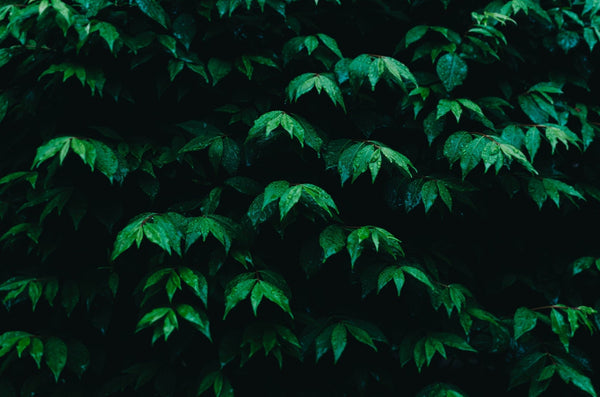Basically with higher levels of photosynthesis and better water use efficiency caused by high CO2, the plants transpire less. I guess by raising humidity you limit transpiration even more causing a shortage of nutrients.
By raising your humidity, you indeed can cause a shortage of nutrients. But it can also cause your plant becoming too hot because it can not transpire. It will also close the stomata, and thus less absorbing of CO2. So plenty of water, plenty of CO2, no nutrients, and heatstress.
By lowering your humidity, your plant will of course uptake more nutrients, but it will lose more water because of transpiration then the roots can suck up. So more heat for your plants. Not enough water. A lot of CO2, yes (because the stomata are wide open) So plenty of nutrients, plenty of CO2, no water, and heatstress.
That's why commercial growers watch VPD, also within CO2-enriched greenhouses.
They want to find the balance between enough water, enough nutrients-uptake, enough CO2 and no stress.
I read the report again and I could read also (as you showed me te part) that they claim that in a dryer situation their plants did better.
But in my opinion their test was lousy.
Every grower knows that humidity and temperature are connected.
They change temperatures in their tests, but they never change their humidity.
Then such a test is incomplete. IMHO.
I have several hygrometers in my room.
They all give different results. Just the slightest blow of air changes them.
What I do is look at all of them and take an average.
I was in a greenhouse recently and they have these great camera's that can measure the temperature of the canopy.
They control their whole greenhouse with VPD: measuring humidity, ambient temperature and leaf temperature. Without any of these 3, a result is useless.
For example if your room temperature is 30 C / 86 F and humidity is 65% and you assume that the leaf temperature is the same as ambient temperature, then the VPD is around 1.5.
But if you would measure the temperature of your leaves are it turns out to be 28 C / 82.5 F then the VPD also turns out to be around 1.




